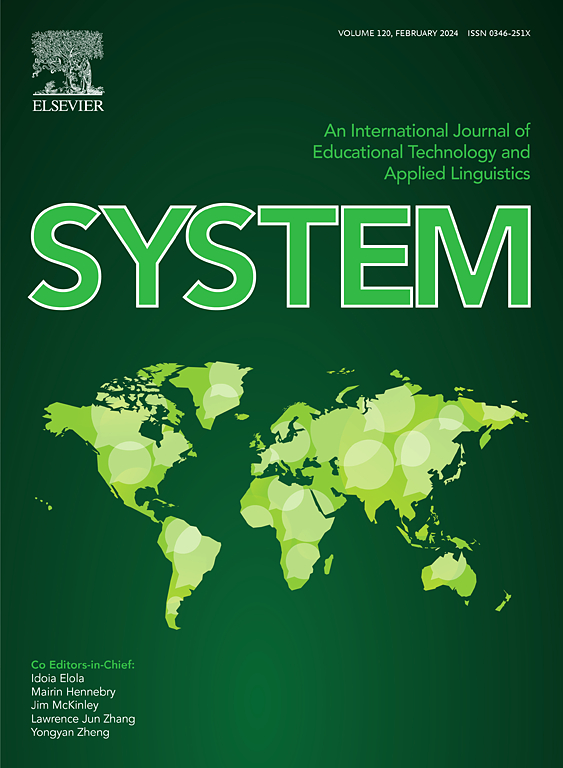在哺乳日粮中使用大豆油补充高水平的必需脂肪酸有利于母猪的后续繁殖,但如果在断奶后补充,则可能对幼母猪的生产性能有害
IF 6.5
1区 农林科学
Q1 Agricultural and Biological Sciences
引用次数: 0
摘要
本研究旨在探讨在哺乳期和断奶至繁殖期增加亚油酸和α-亚麻酸的摄入量对母猪后续繁殖的潜在影响。共有309头母猪(PIC Camborough L42)按胎次进行平衡(140头和169头分别代表胎次1至2 [P1-2]和3至9 [P3+]),并在胎次内分配到2 × 2阶乘安排。影响因素包括必需脂肪酸(EFA)添加量(对照组饲粮中亚油酸和α-亚麻酸含量分别为1.2%和0.15%或3.0%亚油酸和0.38% α-亚麻酸含量)和添加期(哺乳期或断奶至育种期)。在以高粱-豆粕-小麦为基础的日粮中添加4%的牛油(低脂肪酸饲粮)或大豆油(高脂肪酸饲粮),以达到目标脂肪酸水平。泌乳期饲喂高水平的EFA对采食量和产仔性能没有影响,但提高了后续产仔率(P = 0.027;82.1% vs. 70.4%),有降低母猪出栏比例的趋势(P = 0.070;12.4% vs. 20.8%),降低了后续窝产仔数(P = 0.072;15.3 vs. 16.2),每100头断奶母猪活产猪数增加(P = 0.062;1122对974),与母猪胎次无关。哺乳期饲喂高脂肪酸饲粮的母猪(P1-2)断奶至发情间隔较短(P = 0.035;4.2对4.6),但P3+母猪不受影响。增加P3+母猪的EFA摄取量,而不增加P1-2母猪的EFA摄取量,导致第5天母猪数量增加(P = 0.028;91.1%对81.7%),后续产仔中更多的木乃伊(P = 0.040;0.32 vs. 0.16)。断奶至繁殖期饲喂增加P1-2母猪EFA降低后续产仔率(P = 0.042;72.0% vs. 87.7%),去除率增加(P = 0.003;28.8% vs. 9.4%)。P1-2母猪在断奶期间添加EFA后,每100头断奶母猪的活产猪总数减少(P = 0.007)(939头对1149头),但P3+母猪没有受到影响(1131头对982头)。在哺乳日粮中添加EFA有利于母猪的后续繁殖,无论胎次如何。在断奶至繁殖期增加饲粮中脂肪酸水平对幼母猪的繁殖产生负面影响。本文章由计算机程序翻译,如有差异,请以英文原文为准。
Supplementation of high levels of essential fatty acids using soybean oil in lactation diets benefits the subsequent reproduction of sows but can be detrimental to the performance of young sows if provided after weaning
This study investigated the potential impacts of increasing linoleic and α-linolenic acid intake during lactation and wean-to-breeding on subsequent reproduction of sows. A total of 309 sows (PIC Camborough L42) were balanced by parity (140 and 169 sows representing parity 1 to 2 [P1-2] and 3 to 9 [P3+], respectively) and assigned within parity to a 2 × 2 factorial arrangement. Factors included essential fatty acid (EFA) supplementation (control diets containing 1.2% linoleic and 0.15% α-linolenic acid or diets with 3.0% linoleic and 0.38% α-linolenic acid) and supplementation period (lactation or wean-to-breeding). Tallow (low EFA diets) or soybean oil (high EFA diets) were included at 4% in sorghum-soybean meal-wheat middlings-based diets to attain targeted EFA levels. High levels of EFA fed during lactation had no effect on feed intake or litter performance, but increased subsequent farrowing rate (P = 0.027; 82.1% vs. 70.4%), tended to reduce the proportion of sows removed (P = 0.070; 12.4% vs. 20.8%), decreased the number of total pigs born in the following litter (P = 0.072; 15.3 vs. 16.2), and increased total pigs born alive per 100 sows weaned (P = 0.062; 1,122 vs. 974), regardless of sow parity. Young sows (P1-2) consuming the high EFA diet during lactation displayed a shorter wean-to-estrus interval (P = 0.035; 4.2 vs. 4.6), but P3+ sows were unaffected. Increasing EFA intake for P3+ sows, but not P1-2 sows, resulted in more sows bred by d 5 (P = 0.028; 91.1% vs. 81.7%) and more mummies in the subsequent litter (P = 0.040; 0.32 vs. 0.16). Feeding increased EFA to P1-2 sows during the wean-to-breeding period decreased subsequent farrowing rate (P = 0.042; 72.0% vs. 87.7%), and increased removal rate (P = 0.003; 28.8% vs. 9.4%). Total pigs born alive per 100 sows weaned was reduced (P = 0.007) in P1-2 sows when supplemented with EFA during wean-breeding (939 vs. 1,149) but was not impacted in P3+ sows (1,131 vs. 982). Supplemental EFA in lactation diets benefited subsequent reproduction of sows, regardless of parity. Increasing dietary levels of EFA during the wean-to-breeding period to younger sows negatively impacted subsequent reproduction.
求助全文
通过发布文献求助,成功后即可免费获取论文全文。
去求助
来源期刊

Journal of Animal Science and Biotechnology
AGRICULTURE, DAIRY & ANIMAL SCIENCE-
CiteScore
9.90
自引率
2.90%
发文量
822
审稿时长
17 weeks
期刊介绍:
Journal of Animal Science and Biotechnology is an open access, peer-reviewed journal that encompasses all aspects of animal science and biotechnology. That includes domestic animal production, animal genetics and breeding, animal reproduction and physiology, animal nutrition and biochemistry, feed processing technology and bioevaluation, animal biotechnology, and meat science.
 求助内容:
求助内容: 应助结果提醒方式:
应助结果提醒方式:


